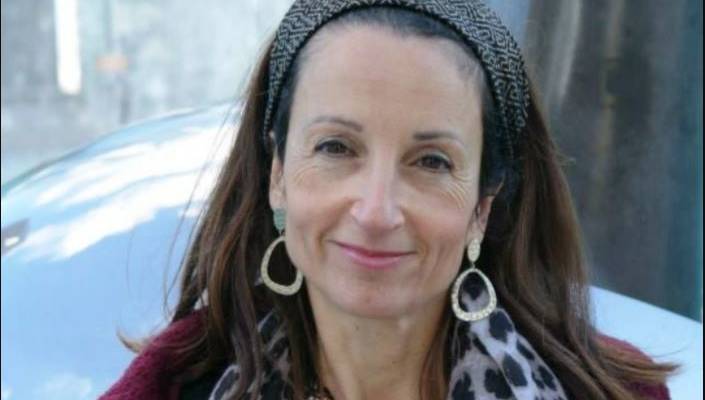Esther Horgan’s killer was influenced by a Palestinian propaganda campaign spreading lies about the death of an imprisoned murderer.
By TPS
The Palestinian Authority’s (PA) incitement in the media and its spread of a libel against Israel prompted a terrorist to murder Esther Horgan, a mother of six from Samaria, Palestinian Media Watch (PMW) has proved.
Muhammad Maruh Kabha, the terrorist who brutally murdered Horgan last month, told Shin Bet interrogators that he “decided to carry out a terrorist attack after he was influenced – inter alia – by the death of a security prisoner he knew, Kamal Abu Wa’er,” who died in prison from cancer.
Abu Wa’er, who was serving six life sentences for involvement in the murder of at least four Israelis, recently died of cancer in prison.
During his illness, the PA and Fatah launched an incitement campaign citing top officials who falsely claimed Israel was denying him proper treatment, and once Abu Wa’er had died, they intensified the libel that his death was caused by “deliberate medical neglect.”
Apparently believing this to be true, Kabha decided to kill an Israeli in revenge, and when he “identified a Jewish woman walking alone,” he took a rock and bludgeoned her to death.
The PA “does everything it can to demonize Israel and create hate among Palestinians,” the PMW noted in its report.
“One means is the spreading of libels, and one of those libels is that Israel treats imprisoned Palestinian terrorists inhumanely. For years, the PA has purported that Israel ‘tortures”’ terrorist prisoners, gives them experimental drugs rather than try to cure their illnesses, does Nazi-like experiments on them, intentionally infects them with diseases, deliberately neglects them medically, and refrains from treating severe diseases like cancer to cause their ‘slow death,’” PMW explained.
PMW note that the International Red Cross regularly visits the imprisoned terrorists and does not accuse Israel of treating sick terrorist prisoners improperly.
In June 2020 a Red Cross official told PA TV “we visited more than 90% of those who are in these [20 different] prisons.”
